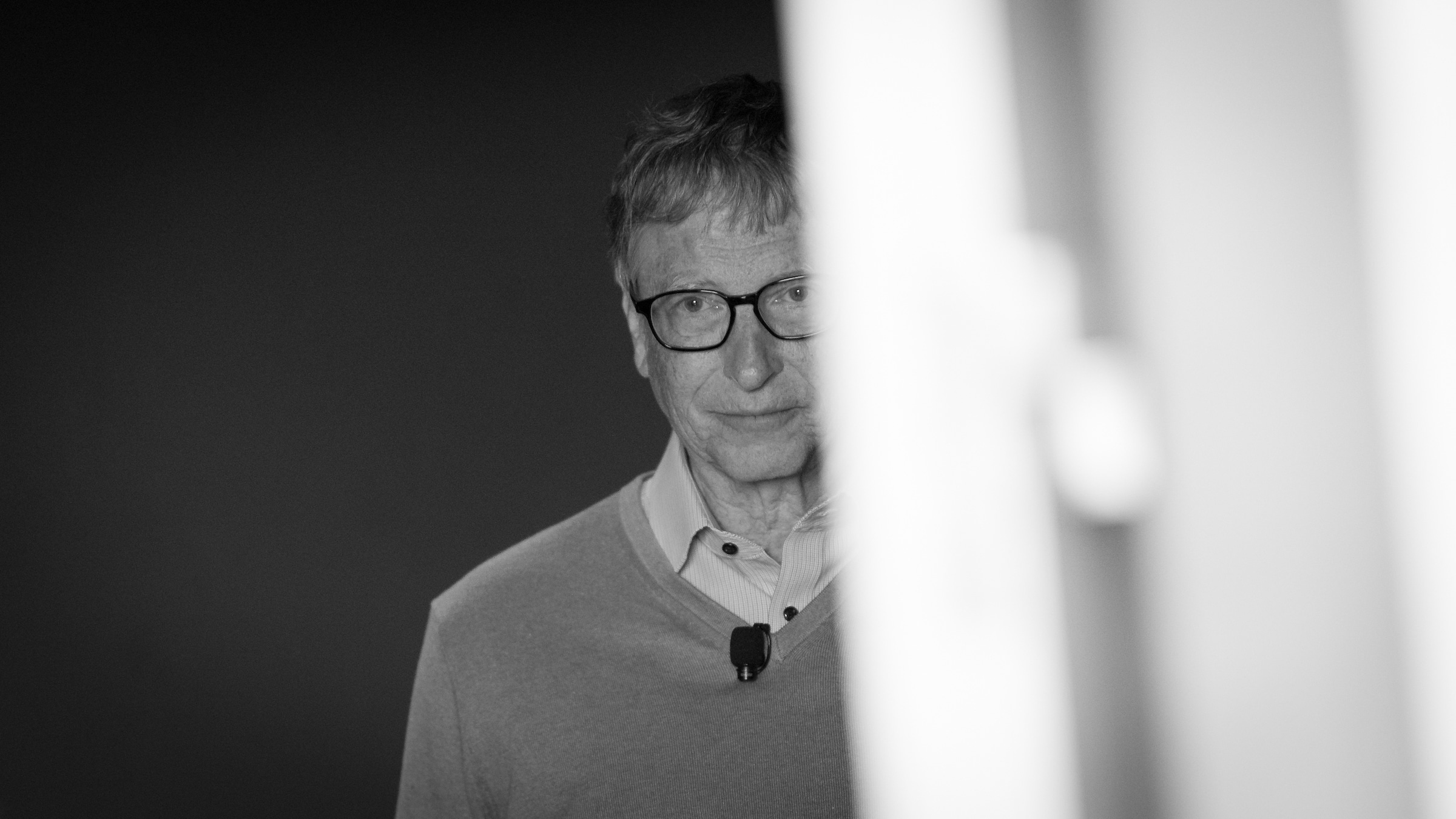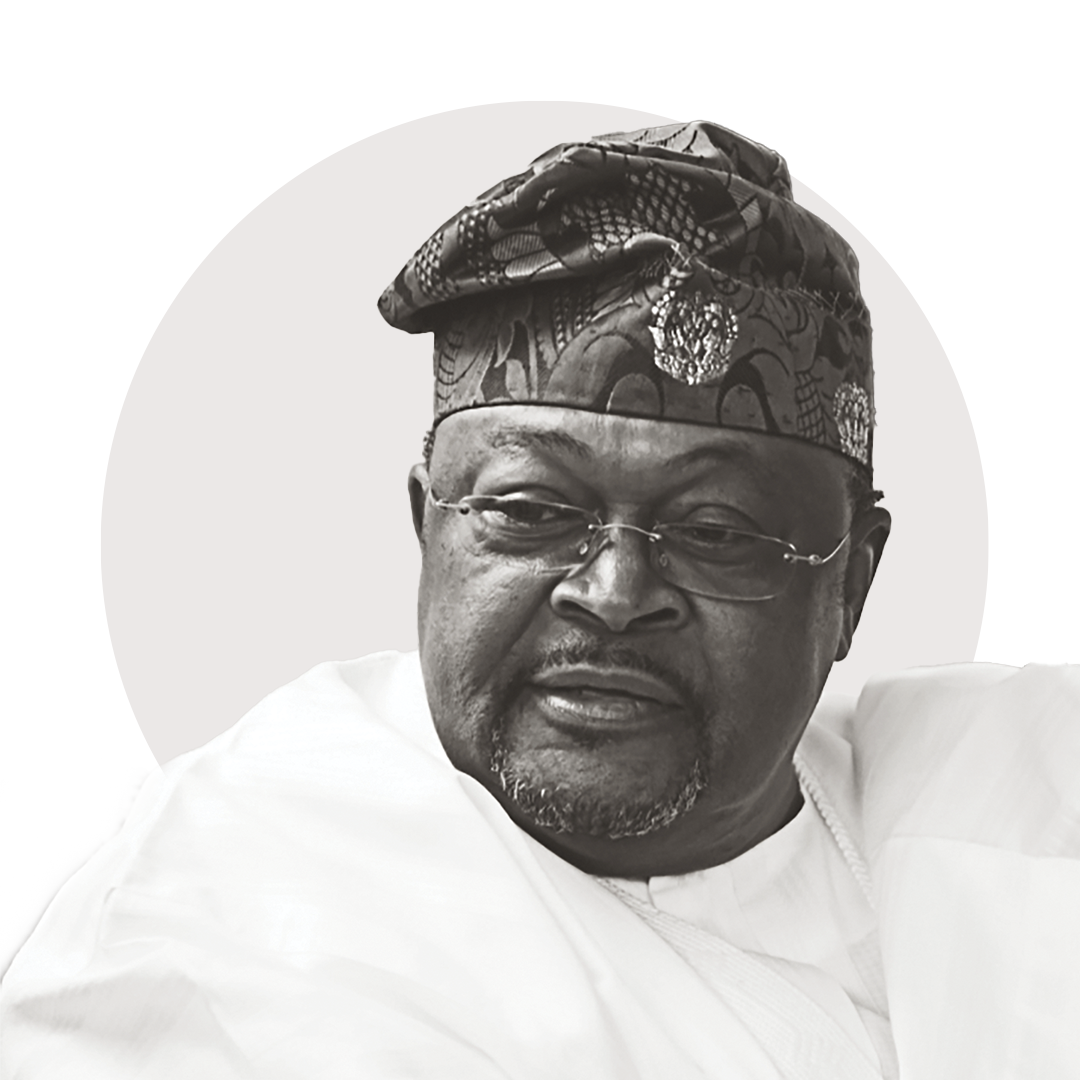The world’s fourth-richest person has a plan to save the planet from catastrophic climate change — and it’s cheaper than you think.
Bill Gates wants you to know two numbers: 51 billion and zero. The former is the number of tons of greenhouse gases typically added to the atmosphere each year as a result of human activities. The latter is the number of tons we need to get to by 2050 in order to avert a climate crisis.
Gates has a plan for how to go from 51 billion to zero, and he’s happy to say it doesn’t come with a price tag in the trillions of dollars. As you might expect from a guy who made his fortune in technology, the billionaire’s suggested solution is tied in large part to innovation.
He spells out his plan in a new book, How To Avoid A Climate Disaster: The Solutions We Have And The Breakthroughs We Need, to be released on February 16. Ahead of the book launch, Gates talked to Forbes about why he wrote the book. He also shared details the book doesn’t get into, including how much he’s invested in zero-carbon companies, which ones he’s most excited about, including a new kind of nuclear power plant, and what he’s likely to invest in next.
Goal number one of the book, says Gates, is to clearly lay out which sectors of the economy are producing the 51 billion tons of greenhouse gases the world typically adds to the atmosphere each year. “The actual numeric framework, which is the most basic thing for any problem you want to tackle…that’s really been missing,” Gates says in a video interview from a conference room in his offices in Seattle. (See table for the percentage breakdown.) The goal we as a planet need to aim for: zero emissions by 2050. Gates is optimistic that as hard as it sounds, we can get there.
Loading...
How It Adds Up Globally: 51 Billion Tons
Emissions dropped about 5% in 2020 due to the pandemic, Gates estimates. But in a normal year the world adds 51 billion tons of greenhouse gases to the atmosphere, Gates writes in his book.

Gates admits, both in his book and when we spoke, that he is an imperfect messenger on climate change. “The very idea that one person is saying they know what we should do —appropriately, there is some pushback,” he says. In his book, he writes, “The world is not exactly lacking in rich men with big ideas about what other people should do, or who think technology can fix any problem.” He admits to owning big houses and flying in private jets, though he tells me that he buys carbon offsets for $400 a ton for the private jet flights he takes. “I can’t deny being a rich guy with an opinion. I do believe, though, that it is an informed opinion, and I am always trying to learn more,” he writes.
Gates presciently warned in a 2015 talk about the dangers of a global pandemic and what we’d need to do to prepare for it. Similarly, this is not his first public prescription for the climate. In 2010 he gave a TED talk calling for the need to eliminate carbon emissions by 2050. He’s continued to consult experts in the field and delve into the latest in climate science and policy. In 2015 he got involved in the Paris Climate Summit, calling France’s then president, Francois Hollande, and encouraging him to get countries to agree to raise their R&D budgets for clean tech innovation. Twenty countries signed on. Says Gates, “Although we did not see all those countries double their R&D budgets, we did see some increase. That’s sort of when the field started to focus on can we get this innovation to take place.”
To help put a framework around progress and the cost of new carbon-free innovations, Gates and his team came up with a term called “Green Premium” and introduced it in his blog, Gates Notes, in September last year. As he explains it, the Green Premium spells out the difference in cost between a product or process that doesn’t emit carbon with one that does. Green Premiums have fallen in the passenger car sector to the point where more people are buying electric cars (though Gates points out that just 2% of global auto sales are electric vehicles). In the industrial sector, however, Green Premiums are much higher. Says Gates, “The hardest problems to solve are in areas like steel and concrete and even transportation things like aviation fuel.” The problems he’s referring to: coming up with processes to make these products that don’t emit greenhouse gases. The research is in its early stages, and that’s where government R&D can play a role, Gates suggests.
What’s It All Going To Cost?
In December, Gates suggested in his blog that the U.S. create a National Institutes of Energy Innovation to help the country take the lead in climate change innovation. The idea is to model it after the National Institutes of Health, the backbone of U.S. medical research, which has an annual budget of about $37 billion. Gates says current U.S. government R&D spending on energy innovation is about $7 billion annually; that would need to be quintupled to match government spending on the NIH.
Another suggestion from Gates: shift the tax credits now available for solar and wind to more nascent areas like offshore wind, energy storage and new types of steel. “If you do that, and maybe double or triple the amount you spend on those tax benefits, then I do think that will be just a monumental contribution from the Biden administration,” he explains.
Whatever tech innovation comes out of the U.S. or elsewhere has to be affordable enough for countries like India to adopt it, Gates points out. Right now, the U.S. accounts for 14% of the world’s emissions. If just the U.S. gets to zero carbon emissions, we won’t be solving the problem globally.
Where Gates Is Investing
Gates, whose $124 billion fortune stems from an estimated 1% stake in Microsoft and a variety of other investments, says in the book he’s put “more than $1 billion” into companies working toward zero emissions. How much more? Altogether, he tells Forbes it’s about $2 billion. He describes himself as perhaps the biggest funder of direct air capture technologies—methods to capture carbon from the air. Two of the more well-known companies he’s been an investor in are producing plant-based meats: Impossible Foods and Beyond Meat. Some of his investing he categorizes as philanthropic, like the money he’s put toward an open source climate model that aims to show how electricity generation will work in long periods of tough weather when wind and solar would be shut down.
His biggest bet has been on TerraPower, a nuclear power company with a reactor that uses depleted uranium as its fuel. Gates founded the company with a few others more than a decade ago. In 2017, TerraPower formed a joint venture with a Chinese company and was planning to produce its first reactor in China. That deal was scuttled by the U.S. government, which in late 2019 blocked U.S. cooperation with China on civilian nuclear power. Now the plan is to build a demonstration plant somewhere in the U.S. In October the U.S. Department of Energy awarded $80 million to TerraPower toward construction of the plant; the agreement is that half of the funding will come from the private sector. Gates says, “That’s coming largely from me.”
His hope is that the demonstration plant will be built within five to seven years. “If things go well, that means that maybe in 10 years, commercial plant builders would take that design and build it ideally in the hundreds—which is what you need to have an impact on climate change.”
Gates has also invested in zero-carbon companies through Breakthrough Energy Ventures, a group he assembled that launched in December 2016. “It was a lot easier to raise the money than I expected,” he says. “I made about 22 calls and got about 20 yeses for the first billion.” Investors include billionaires such as Jeff Bezos, Vinod Khosla, John Arnold and John Doerr; Gates says he’s the largest investor. So far Breakthrough Energy Ventures has invested in 40 companies; One, QuantumScape, which is developing lithium metal batteries for electric vehicles and has no revenues yet, went public through a SPAC last November. Though many of the companies are still early stage, Gates describes some as “really wild,” including QuidNet, which is working to store electricity by pumping water into pressured underground wells; when energy is needed, the water is released and goes through a turbine, creating electricity.
Breakthrough Energy Ventures raised another $1 billion fund in January, with most of the same initial investors and some newcomers. (Gates didn’t disclose names.) He says he’s the largest investor in the latest fund, too. The new fund will look to invest in more of the industrial processes like low-carbon cement and steel production as well as technologies to capture carbon from the air, Gates says.
Over the next five years, Gates says “I’ll put in at least $2 billion” toward zero-carbon technologies. But while a total of $4 billion is a lot of money, for someone worth more than $120 billion, it’s a small sliver of his overall investments. Says Gates, “It’s more limited by what is out there that can have a high impact.”
One of Gates’ other investments that’s been in the news recently seems to fly in the face of his zero-carbon focus. In early February, Gates’ investment arm, Cascade, partnered with Blackstone Group and private equity firm Global Infrastructure Partners in a $4.7 billion deal to buy Signature Aviation, the world’s largest operator of private jet bases. Private jet travel has been booming during the pandemic, but such travel emits a heck of a lot of greenhouse gases. How does he square the deal with the premise of his book? A spokesperson for Gates did not reply to the question.
Will Gates’ book influence policy makers and move the needle toward innovation in zero-carbon technologies? It helps that combating climate change is already one of the Biden administration’s top four priorities. Given that the book is addressing weighty material, it’s relatively easy to read, sprinkled with Gates’ personal observations and even a photo of him with his son Rory on a visit to a geothermal power plant in Iceland. (Gates says he and Rory liked to visit power plants for fun.) He mentions that he drives an electric car — the Porsche Taycan Turbo, which he describes to Forbes as “ridiculously nice and ridiculously expensive” — that sells for $150,000 or more. (He’s such a fan that he got one of the first demo models, he adds.)
If nothing else, Gates wants to get people talking. “My hope is that we can shift the conversation by sharing the facts with the people in our lives— our family members, friends, and leaders. And not just the facts that tell us why we need to act, but also those that show us the actions that will do the most good,” he writes.
A bigger measure of his success will be whether the Biden administration adopts any of his policy proposals. Says Gates, “I do think that with those increases [in spending], we’ll be doing exactly what we need to do, not just for us, but for the entire world.”
By Kerry A. Dolan, Forbes Staff
Loading...





















